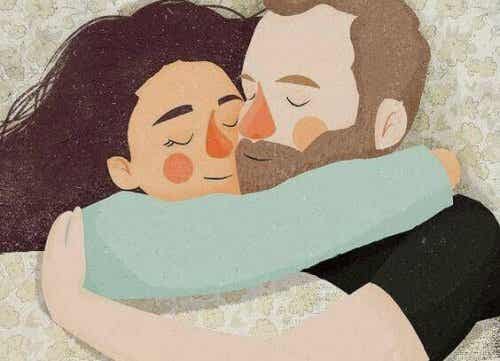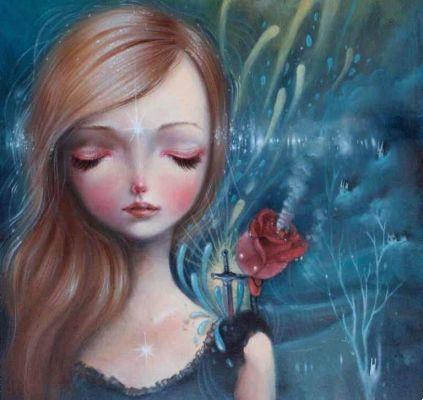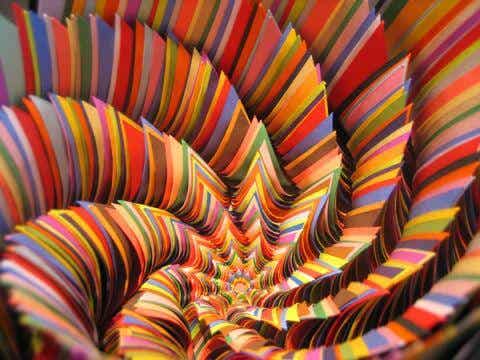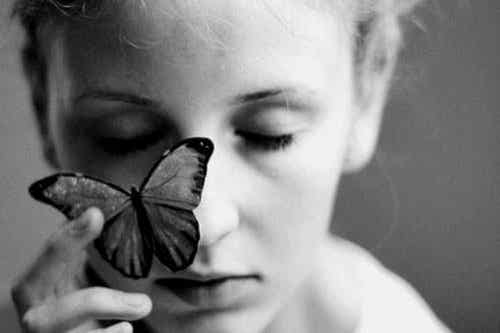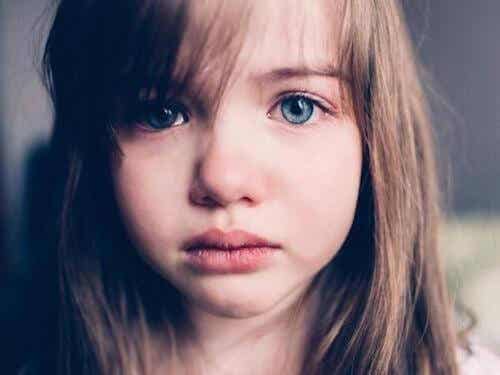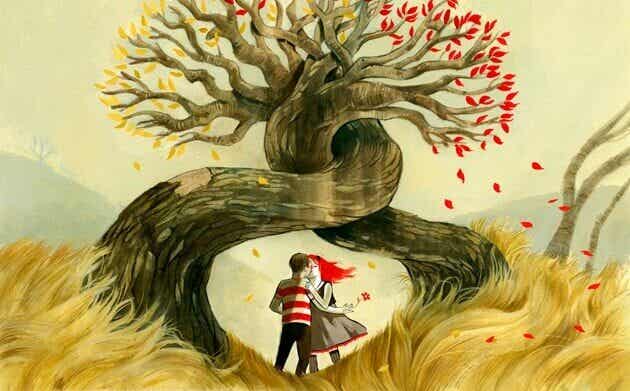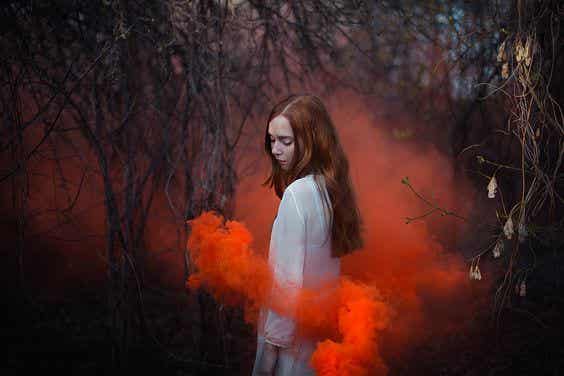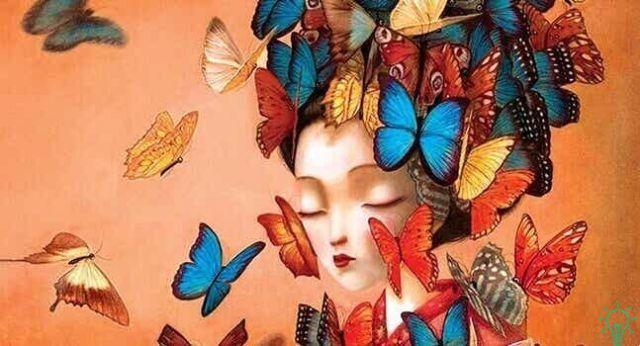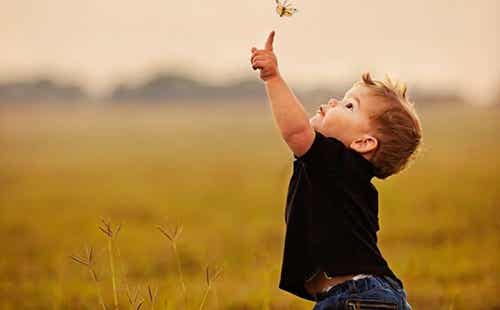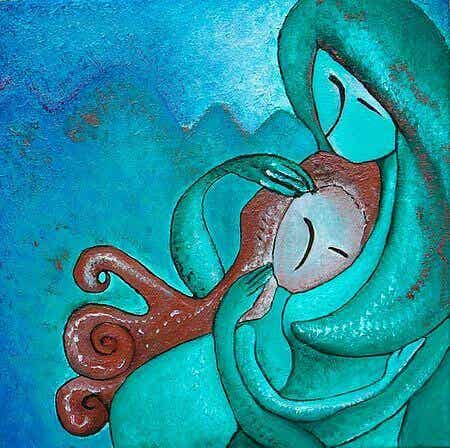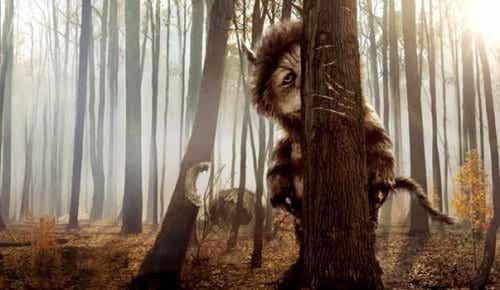
Written and verified by the psychologist GetPersonalGrowth.
Last update: 15 November 2021
As children they convinced us that monsters only exist in fairy tales. No one has ever told us that, in reality, they look like normal people and walk around in broad daylight. Like the partner who first fascinates and then mistreats and annihilates self-esteem; like parents who deny love to their children; like the terrorist who takes innocent lives; like the politician capable of starting a war.
We all know that words are important, which create labels and attributions that are not always entirely true. The term "monster", for example, originally has a fictitious and literary connotation that absolutely does not prevent us from using it consistently to describe all those acts that in our eyes have no logic and represent evil.
"Anyone who fights monsters must be careful not to become a monster himself."
-Nietzsche-
Note, however, that there is no scientific basis in this concept, there are no legal texts with a chapter on "How to interview an evil person or a monster"nor diagnostic manuals that offer us a protocol to identify them. However, let's face it, it is almost impossible for us not to use this word to describe the whole range of behaviors that trample our concept of "humanity".
Criminal psychology experts say that that the term "monster" in reference to a person was used for the first time in police circles in 1790 in London. The authorities were looking for an out-of-the-ordinary, perverse and inconceivable killer who had caused panic in some London neighborhoods over the span of nearly two years. It was Jack the Ripper.
Monsters in flesh and blood: people devoid of humanity
The word "monster" still retains its original implications, those in which the supernatural combines with the evil to harm us, to bring us misfortune. Like this, whenever we define a person with this term, we are actually stripping him of all human attributes, of every “natural” essence.
If we said at the beginning that this term is a simple label, devoid of any scientific support, we must also add that experts have used it several times to outline criminal profiles. A clear example is what happened during the 70s in the United States with Ted Bundy.
In the universe of criminology, Bundy was the most ruthless serial killer in history. During the interrogations he clearly hinted that he probably had killed a hundred women. A figure to which the authorities have given credit given the cruelty of the character, despite having found only the bodies of 36 women.
Bundy appeared to be a brilliant and admirable man. Degree in law and psychology, aspiring politician and constant presence in the activities of the community, he seemed the pure reflection of a winner, of a person who had a successful future ahead of him.
However, after the disappearance of dozens and dozens of university students, it was discovered that his name was behind these disappearances and many other acts difficult to imagine. Brutal murders that left the authorities speechless. He was labeled a "monster" not only for the atrocities committed, but also for the complexity of his results in various psychological tests he was subjected to.
The conclusion was that Bundy was neither a psychotic nor a drug addict, much less an alcoholic. He had suffered no brain damage and did not suffer from any psychiatric illness. Ted Bundy simply enjoyed doing harm.
There is another place monsters live: in our minds
We know that our world, our closest reality is sometimes like those disturbing paintings of Brueghel the Elder, where evil lurks in the everyday crowd, in the voice of the masses in a city, known or unknown, in a any road. However, monsters that can harm us don't just live around us. In fact, the place where they take up the most space is our mind.
Sometimes fear, emotions and thoughts can grip us to the point of closing us in a dark place where we end up getting lost, suffocated and imprisoned by our demons. Some writers have managed to perfectly represent this journey in which you come into contact with your monsters to get to know them and make them your own, to re-emerge on the surface free from their chains.
Dante did it with Virgil in the Divine Comedy, Lewis Carroll did it with Alice in Wonderland, and Maurice Sendak did it with Max in In the Land of Wild Creatures. This last book is a small delight of children's literature. The story he tells invites us to make many reflections, regardless of our age, regardless of our background. Because it can happen to everyone to be a victim of these inner claws, with which the monsters themselves drag us to a place that is foreign to us.
“When Max put on his wolf costume, he had a great desire to play pranks, and eventually his mother called him“ MONSTER! And Max replied: "NOW I EAT YOU!".
- "In the Land of Wild Creatures", Maurice Sendak-
This small work allows us to take a journey hand in hand with a child. This adventure reminds us that sometimes you have to visit this wild and chimerical kingdom, inhabited by our most bizarre and surreal creatures. Taking good care, however, from remaining anchored to it, facing it and overcoming it. Of course not without screaming, playing without rules, getting mad, laughing, crying ...
We will leave our footprints in the land of monsters and our oxidized crowns and then rise once again, feel free after passing through the dark, purified and above all satisfied to return again to our real lives with new strength. Because yes, the monsters they told us about when we were children do exist.
However, although it is not possible for us to control the disguised people who populate our outer life, we must, however, be able to frighten all those who appear from time to time in our mind.




